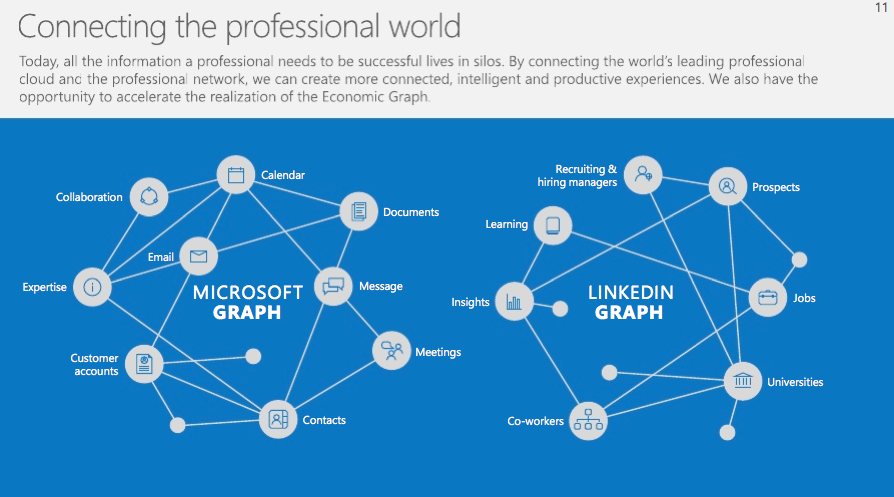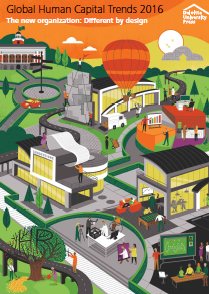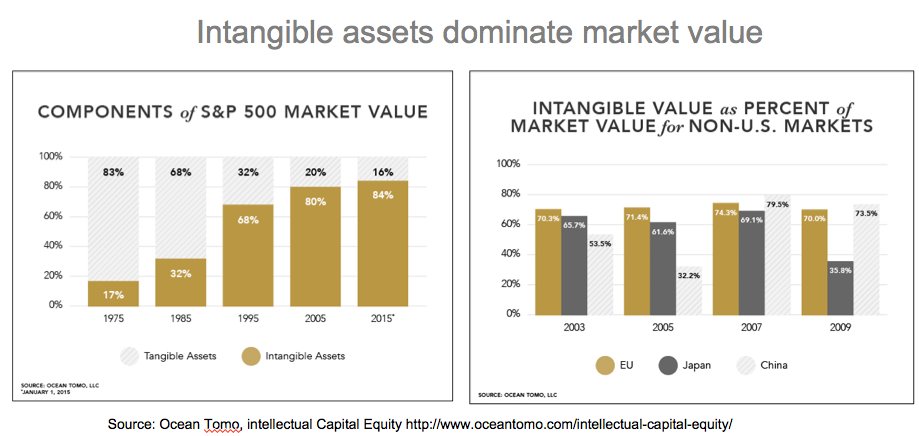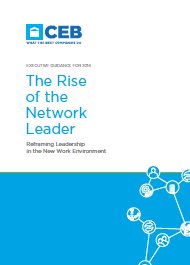The Future of Work is Now
The Future of Work is Now http://mercedgroup.com/wp-content/uploads/2016/07/talent2-1024x766.png 1024 766 Catherine Shinners Catherine Shinners http://2.gravatar.com/avatar/20369aff7978a3842e7879d0699f8473?s=96&d=mm&r=gIn the last two weeks of June 2016, four major technology companies entered into watershed relationships that harken the arrival of the Future of Work. On June 13 Microsoft announced it’s intent to acquire LinkedIn.This acquisition signals the driving of the value of the network into organizations. The fundamental message – the network of people is now the membrane of the organization and will give the enterprise the flexibility it needs to identify and orient talent to where it’s needed.

Some of the value points of the merger include the universal profile – an individual’s profile is now a strategic asset for the company as well as the individual, within as well as across organizations. An intelligent newsfeed will bring consolidated access and awareness to information. A personal network digital assistant connected to the enterprise and the broader professional network will bring professionals high degrees of contextual coordination and relationship insight. Via it’s own acquisition of Lynda.com last year, there’s an opportunity for LinkedIn to become a component of ‘just-in-time’ skills building for an enterprise workforce.
The second announcement on June 30, brought forward a strategic Cisco and IBM partnership that will nominally bring more coherency to broad-based knowledge work and collaboration modalities through the integration of Cisco’s Spark, WebEx and IBM’s Verse and Connections. A key differentiator in this announcement is the intent to bring the capabilities of Watson into the mix – applying its analytical power to deliver what Jens Meggers, SVP of Cisco’s Cloud Collaboration Technology Group calls ‘intelligent collaboration’ to deliver insight and augmented context to individuals as they work. These significant technology movements and others like them will begin to enable tectonic shifts in organizational design, leadership models, and the social contract with a global workforce that is more multi-generational, diverse and multi-cultural than ever
 The Deloitte Human Capital Trends 2016 report’s orientation this year was “Different by Design” calling out the need to reshape leadership, rethink workforce engagement fundamentals, move learning to an ongoing and integrated experience, analytics tied to talent management, and weaving the resources of a growing gig economy into workforce management and operating models. These and others trends touch every facet of organizational life and structure in companies.
The Deloitte Human Capital Trends 2016 report’s orientation this year was “Different by Design” calling out the need to reshape leadership, rethink workforce engagement fundamentals, move learning to an ongoing and integrated experience, analytics tied to talent management, and weaving the resources of a growing gig economy into workforce management and operating models. These and others trends touch every facet of organizational life and structure in companies.
Looming on the horizon are high impact technology advances such as Artificial Intelligence (AI), blockchain, and Internet of (Nano) Things, that the World Economic Forum notes will continue to shape, if not profoundly disrupt, our current understanding of the way people work in the knowledge economy. For whether it’s the gig, sharing or digital economy, it’s still the knowledge economy and organizations orient resources – human and machine – toward knowledge work that is the major source of value in the world today.

Future of Work Disconnect
Despite the momentum of technological advances and these important new technology partnerships, there’s often a significant disconnect between current models of organizational design, leadership approaches, operational models and human talent assessment that would lead to real Future of Work organizations
Skills
Both workers and leadership in organizations seem to have a level of disconnect in the area of skills. In June 2016, the City and Guilds Group published a Skills Confidence report based on surveying 8,000 workers in the United Kingdom, United States, South Africa and India. Alarmingly, those surveyed felt both their skills and their jobs would be relevant over the next ten years, belying an awareness of the magnitude of disruption likely from the aforementioned technology advances
In a 2013 report by the Conference Executive Board,Breakthrough Performance in the New Work Environment: Identifying and Enabling the New High Performance noted that profitable growth was expected out of increases in worker efficiency and productivity, a technique that had been successful over the previous two decades. Workers, however, were feeling tapped out and at a loss to adapt to increasingly complex work environments. The report advised executives to proactively identify and support new skills building, including teamwork, organizational awareness, problem solving, proactivity, influence, decision-making, learning agility and more.
The World Economic Forum and the Institute for the Future have also articulated similar ‘new skills for the 21st century’, but in the City and Guilds Group report, workers don’t seem to be expressing an awareness of the skills they need to develop, nor are they finding the leadership guidance they need towards building those skills.
Organizational Design
Enterprise Social Networks and cloud technologies are now commonplace in many organizations. Digital transformation affords the organization the opportunity to transform core operating models and common business process workflows and communication patterns. However, Enterprise Social Networks in particular have often been implemented as a new layer of technology without strategic re-alignment of core communications and business workflows. Workers are therefore doing many of the things the way they did before while trying to adapt to the new technology without a sense of business focus. Leadership is often not directly engaged, nor driving expectations and investments in re-architecting old ways of operating to new efficiencies.
But the technology delivered is expected to bring both new efficiencies and innovation. Microsoft, for instance, explicitly calls out how they expect the combined Microsoft-LinkedIn capabilities to affect the sales process, as well as talent management and skills development.
Leadership
Like knowledge workers, leaders are also experiencing great change and expectations relative to the scope and nature of their roles. The Conference Executive Board in 2014 published the results of a survey of 23,000 business executives in their report The Rise of the Network Leader: Reframing Leadership in the New Work Environment.  These executives, according to the report, by large measure indicated the scope of their responsibilities and objectives had grown, as well as the to deliver business results fasterhey also, in many cases, have a more global role with frequent shifts in responsibilities. As the report notes, leaders need to cultivate new skills themselves beyond the core leadership arenas of transformation and transactional leadership (core areas of management performance today) to add network-based leadership. It is worth quoting specifically from the paper the characteristics of network leadership.
These executives, according to the report, by large measure indicated the scope of their responsibilities and objectives had grown, as well as the to deliver business results fasterhey also, in many cases, have a more global role with frequent shifts in responsibilities. As the report notes, leaders need to cultivate new skills themselves beyond the core leadership arenas of transformation and transactional leadership (core areas of management performance today) to add network-based leadership. It is worth quoting specifically from the paper the characteristics of network leadership.
“Network Leadership—This role involves establishing strong network performance by building, aligning, and enabling broad networks both internal and external to the organization. Network leadership is more about influence than control; it is also a more indirect than direct form of leadership, requiring leaders to create a work environment based on autonomy, empowerment, trust, sharing, and collaboration.”
The Deloitte Human Capital Trends 2016 report noted that traditional models of leadership development are not keeping pace with business demands and the rate of change that companies are facing. Both the Deloitte report and the City and Guilds report indicate a need for leaders to be more actively involved in organizational re-design and to proactively guide their workforce towards skills building and expectations for continuous learning.
Culture and Ethos
As the articulation of network leadership by the CEB notes, leaders need to create a work environment based on autonomy, empowerment, trust, sharing and collaboration The technology shifts indicated by these most recent business acquisitions and partnerships do much to enable the empowerment and collaboration of a workforce, to help them be able to shift rapidly to new work teams, projects and contexts and to be more responsive and adaptable to changing business needs. In an environment when network leaders support this kind of culture and ethos, then knowledge workers feel empowered to take up the tools and interactive and learning modalities to become proficient ‘future of workers.”
Along with new models of leadership, new approaches for worker performance and recognition will evolve to include not only individual performance, but network contribution. Like network leaders, individuals will be active agents on the network, both internally and externally to an organization. A network performer will be able to make their knowledge and skills visible, use their network acumen to move rapidly and productively into new teams, and weave learning into their everyday experience.
A Good Place to Start
The Microsoft acquisition of LinkedIn and the Cisco and IBM strategic partnership are powerful indicators of where the Future of Work is soon headed.
However, many companies and organizations already have digital and social collaboration tools will let them move more actively in that direction right now. Leaders can begin to adopt network leadership behaviors and skills, driving strategies to actively move critical workflows and business processes to these platforms and identifying key Future of Work skills that workers are expected to master. Knowledge workers can begin to cultivate their own network agency and adaptability by proactively adopting the tools and technology and incorporate skills building as a steady part of their work.
Original concept art by Joachim Stroh
- Posted In:
- Uncategorized



